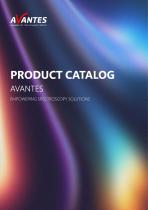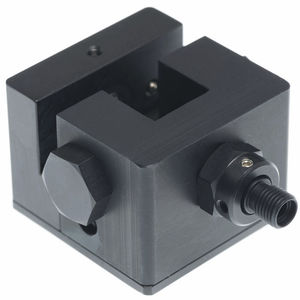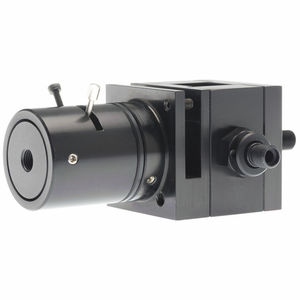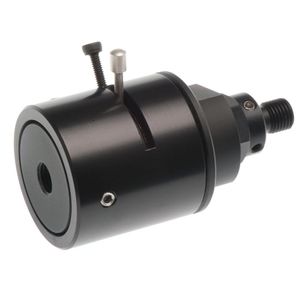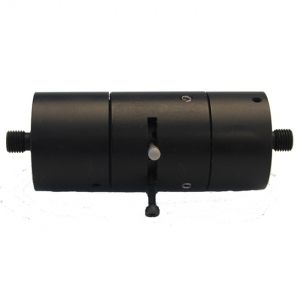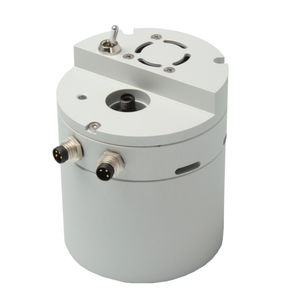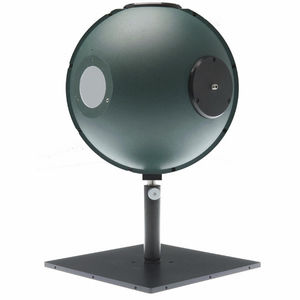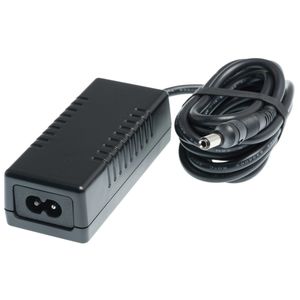
- Company
- Products
- Catalogs
- News & Trends
- Exhibitions
Integrating sphere AvaSphere-30
Add to favorites
Compare this product
Description
An integrating sphere works as a light collector. The light collected can be used as a diffuse illumination or measurement source. The basic principle is that light enters the sphere through the sample port, goes through multiple reflections on the highly reflective, Lambertian surface of the sphere and is scattered uniformly around the interior of the sphere. Behind a baffled port inside the sphere which is independent of the angular properties of the sample port, a fibre-optic cable collects a homogenized light signal and carries it to the spectrometer. The baffle is very significant as it prevents first reflections from entering the detection fibre.
The AvaSphere series integrating spheres are available with active diameters of 30, 50 and 80mm and an SMA port at 90 degrees for collecting the irradiance and reflection signals. The reflection spheres feature an additional SMA-connector port at 8 degrees from normal (from sample port) for direct illumination. This port couples external light into the sphere through a fibre-optic cable connected to a COL-UV/VIS collimating lens. The sample port diameters are 6mm for the AvaSphere-30, 10mm for the AvaSphere-50, and 15mm for the AvaSphere-80.
All sample ports are knife-edge, ensuring a near 180-degree field of view of the sample port. The irradiance version of the integrating sphere can be used for measurements of light sources, such as lasers, LEDs, and incandescent sources. For irradiance measurements of 5mm cylindrical LEDs, a special adapter is available for the AvaSphere-50/80-IRRAD. This adapter ensures correct and reproducible positioning of the LEDs inside the sphere.
Catalogs
Catalog 2024
58 Pages
Exhibitions
Meet this supplier at the following exhibition(s):


Related Searches
*Prices are pre-tax. They exclude delivery charges and customs duties and do not include additional charges for installation or activation options. Prices are indicative only and may vary by country, with changes to the cost of raw materials and exchange rates.


